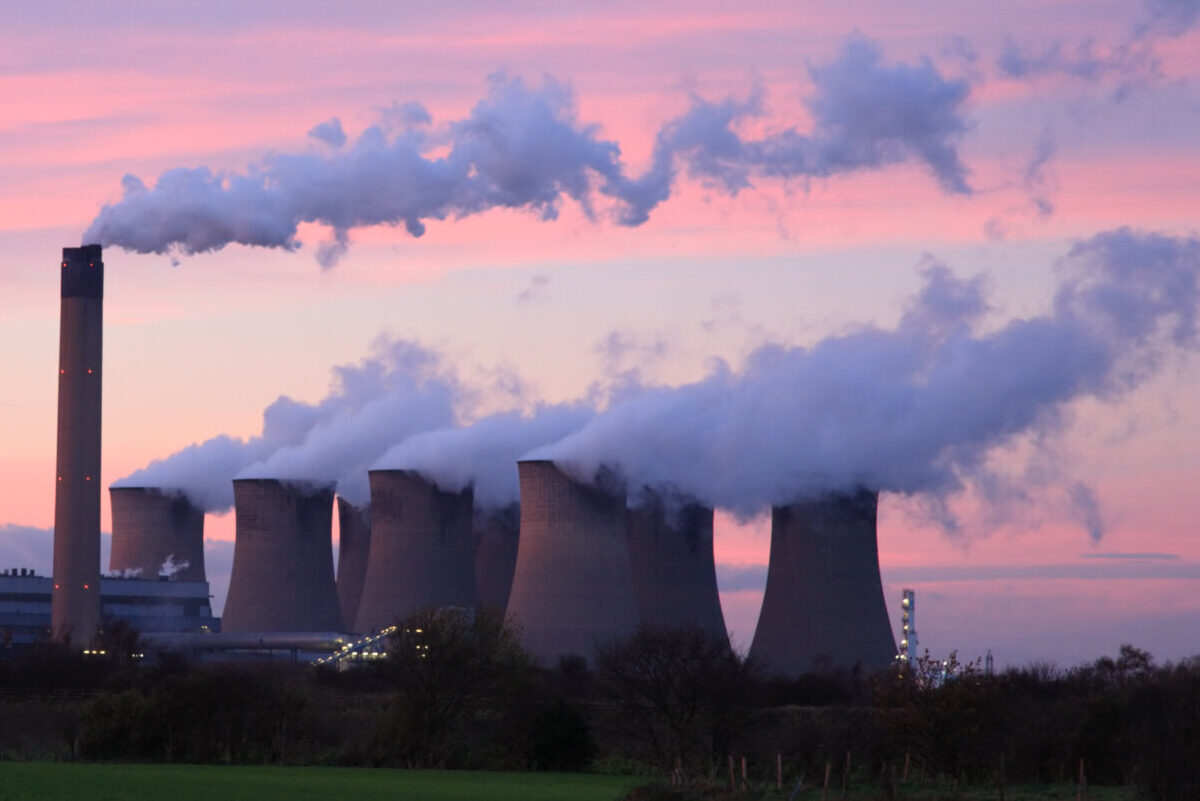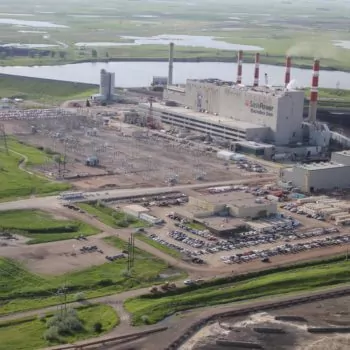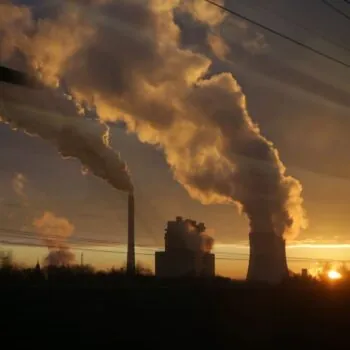Welcome to the E3G No New Coal Progress Tracker. This is part of E3G’s ongoing work to provide an accessible analysis of the country-by-country status of the global coal landscape. You can find our tracker on OECD coal phase-out here.
Ending the construction of new fossil fuel infrastructure is a fundamental prerequisite for keeping the world on track for a below-1.5C future. The period since the Paris Agreement has seen the collapse of the global coal power pipeline, as countries turn their backs on new coal projects and commit to coal-free futures.
This interactive tool aims to capture the latest status of countries’ commitments to no longer pursue coal power, and the current landscape of planned coal capacity (in GigaWatts, GW). Clicking through the headings at the top of the interactive graphic will allow you to view three groups of countries:
- Countries that have committed to No New Coal, either through membership of the Powering Past Coal Alliance (PPCA) or No New Coal Power Compact (NNCPC) or through being a signatory to the COP26 Coal to Clean Power Transition Statement*.
- Coal pipeline free countries that have not made a formal commitment to No New Coal. These countries either currently have, or had, an operating coal fleet, or had considered constructing coal at some point, but no longer have plans for new coal.
- Those countries that are still considering building new coal-fired power projects.
Coal phase-out commitments are categorised as below:
- No coal refers to countries that have never had, or considered coal (post-1960).
- Coal free refers to countries that have at some point had a coal fleet or considered new coal since 1960, but are now coal-free.
- Year refers to countries’ most recently announced coal phase-out commitments.
- No date refers to countries that don’t have a specific coal phase-out date.
- Colour-coding relates to whether commitments are aligned with the 2030 date required for a <1.5C-aligned future.
Coal capacity data is based on Global Energy Monitor‘s Global Coal Plant Tracker database. Capacity statuses are defined as follows:
- Operating: This refers to coal units that have been commissioned.
- Pipeline: This refers to coal projects that are currently at pre-construction stages of development, and includes the following:
- Announced: Proposed plants that have been described in corporate or government plans but have not yet taken concrete steps such as applying for permits or acquiring land.
- Pre-permit: Plants that are seeking environmental and other regulatory approvals and pursuing other developmental steps such as securing land and water rights.
- Permitted: All necessary environmental and other regulatory approvals have been received, but the project has not yet begun construction.
- Construction refers to cases where all necessary approvals have been received, the project is financially commissioned, potential power purchase agreements have been signed, and the project has begun construction.
- Shelved projects are those where sufficient evidence is found to indicate that a project is no longer moving forward, but not enough to declare it definitively cancelled.
- Cancelled projects are those that have either been halted for several years, or for which an official cancellation announcement has been made.
- Retired since 2010 refers to coal units that have been closed or switched to another fuel since 2010.
*This analysis doesn’t include countries that have never considered coal and are not a member of the PPCA and the NNCPC, or they haven’t agreed to the no new coal clause of the Coal to Clean Statement.
For further information on the tracker or other global coal transition landscape-related queries, please contact Oyku Senlen or Leo Roberts.



